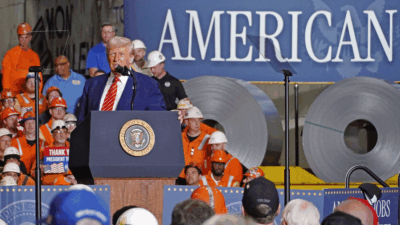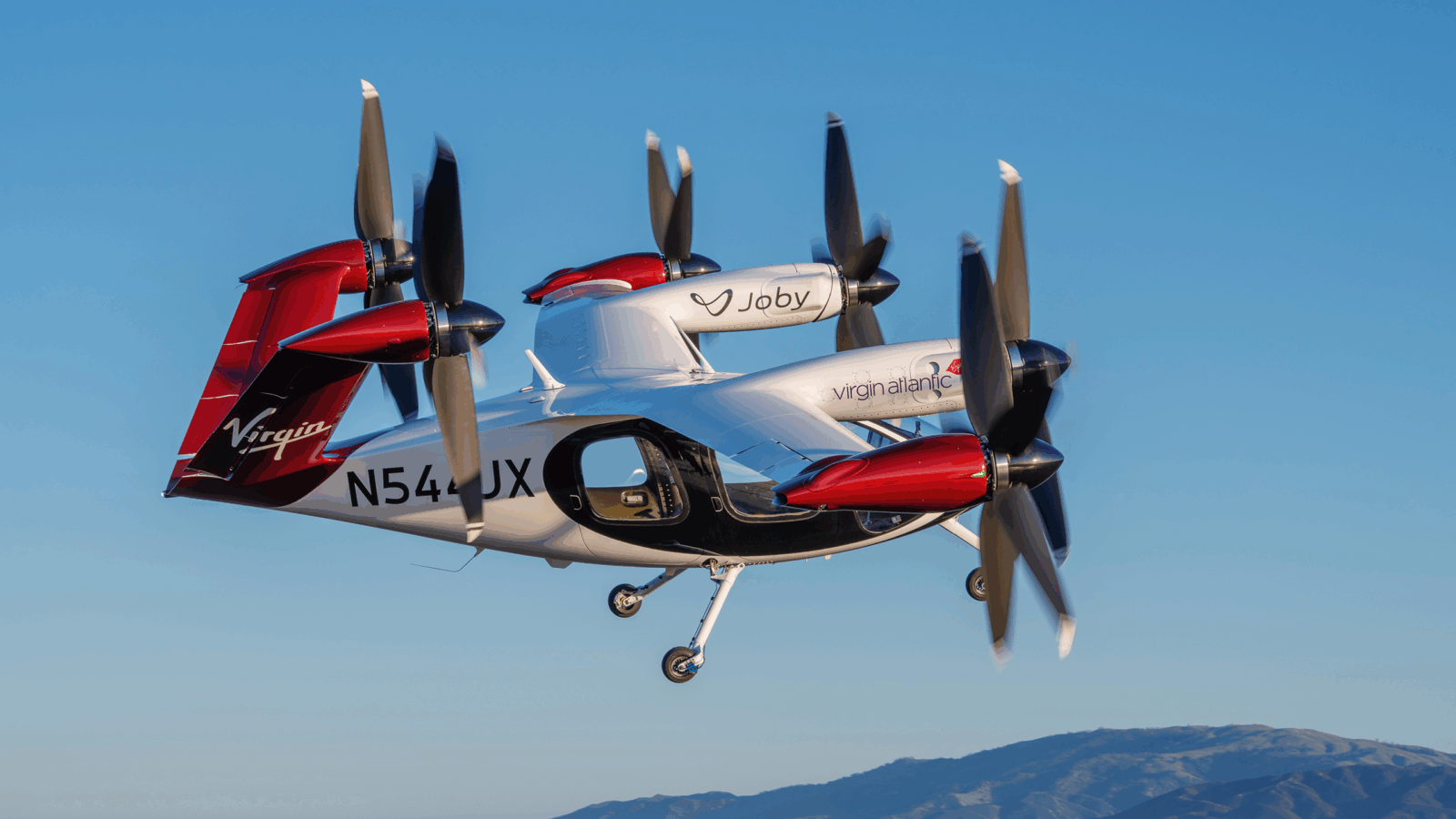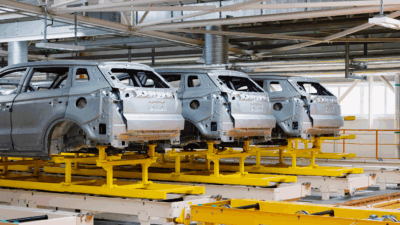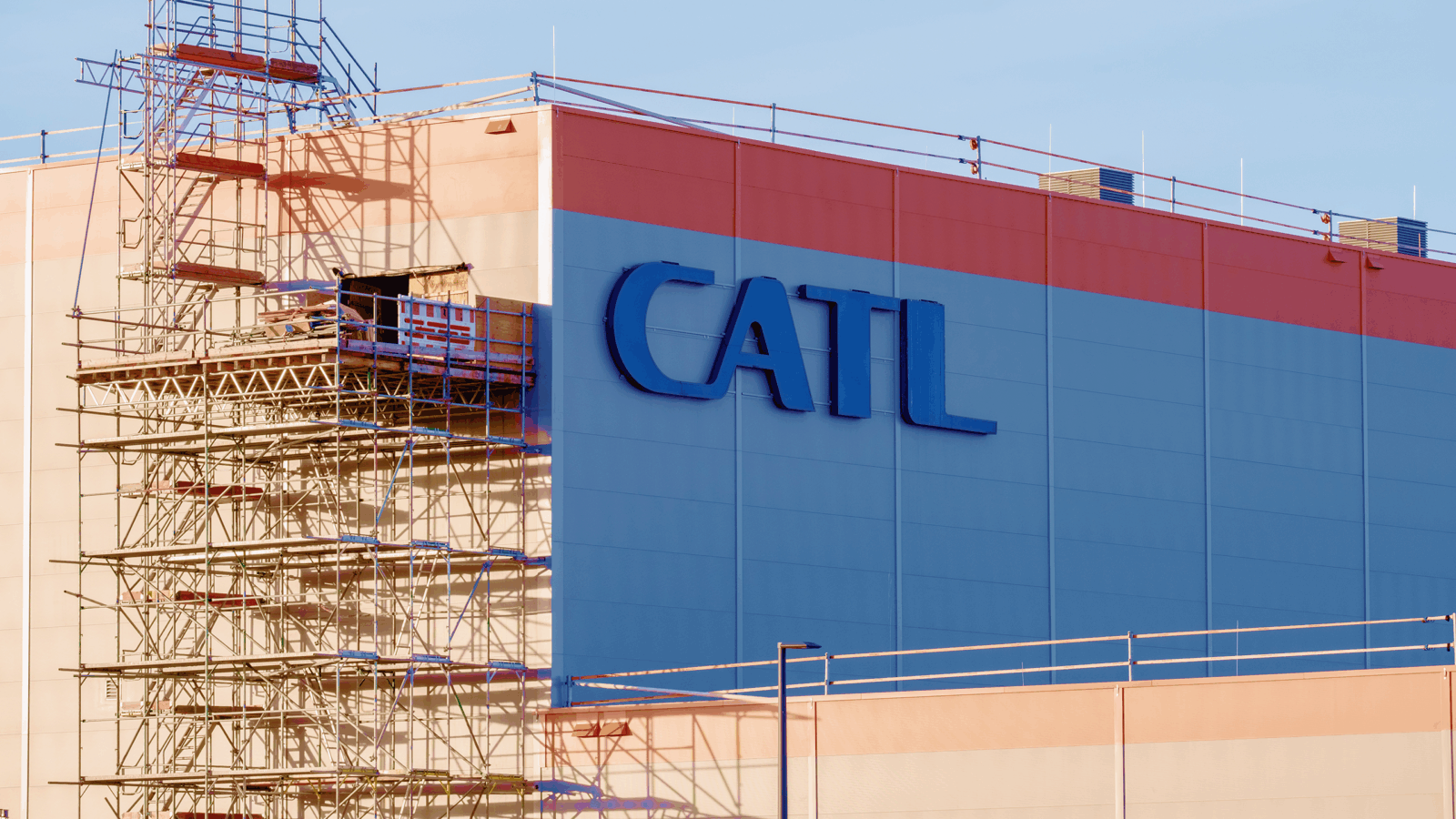
Sign up for smart news, insights, and analysis on the biggest financial stories of the day.
Uber rolled out some good news Wednesday, but under uber-unusual circumstances.
The ride-hailing giant was forced to shift gears, rushing financial results out in the early hours, after chief rival Lyft’s disappointing financials set a dangerous course for ride-hailing stocks. The move may have blunted some of the whiplash.
Strife in the Fast Lane
In essence, the ride-hailing industry seeks to give a convincing answer to a single question: what happens now? The last two years were marred by a collapse in demand due to the pandemic, which made the question of whether companies in the sector can find a sustainable route to profitability even more pressing. With pandemic restrictions unwinding, Lyft and Uber’s results this week were expected to provide some fledgling answers.
Then, on Tuesday evening, Lyft’s engine stalled. The ride-hailing company said it had served 17.8 million active riders last quarter, just missing analysts’ estimates and underperforming its Q4 number — 18.7 million. More concerning for analysts was a warning that EBITDA (a proxy for cash flow) in the current quarter will fall between $10 million and $20 million to a point way off the mark from Wall Street’s $81 million projection. Those numbers prompted Uber to put the pedal to the metal on its own, much rosier results:
- Uber’s latest quarterly report was scheduled to drop Wednesday, after the market closed, but management rushed it out in the morning after a pre-market selloff of Lyft drove the company’s share price down 26%. It kind of worked: while Lyft’s stock crashed 35% for the day, Uber suffered a comparatively modest 12% drop.
- Uber, which has a more diversified business than does Lyft, trumpeted its $6.85 billion in revenues in the latest quarter, which beat expectations of $6 billion. Despite restaurants reopening, food delivery service Uber Eats has remained a bigger business than ride-hailing: deliveries grew 12% year-over-year to $13.9 billion in the first quarter.
“There’s no room for error in this environment, but still, this selloff seems overdone,” Alexander Potter, an analyst at Piper Sandler, wrote in an investor note.
It Pays to Eat: Uber Eats’ key advantage was keeping drivers driving: those who switched to food delivery kept working for Uber during the pandemic and beyond. Lyft, the bread-and-butter of whose business is ride-hailing, said it is still spending on perks to entice riders back, although this exacerbates long-held investor concerns about razor-thin ride-hailing margins.
Could Be Worse: On Wednesday, the US Securities and Exchange Commission announced an investigation into Chinese ride-hailing giant Didi Global’s botched US IPO, sabotaged by a crackdown on tech firms by Chinese regulators. Didi’s stock has fallen 85% since the debacle, eroding chief shareholder SoftBank’s stake by $10 billion.











